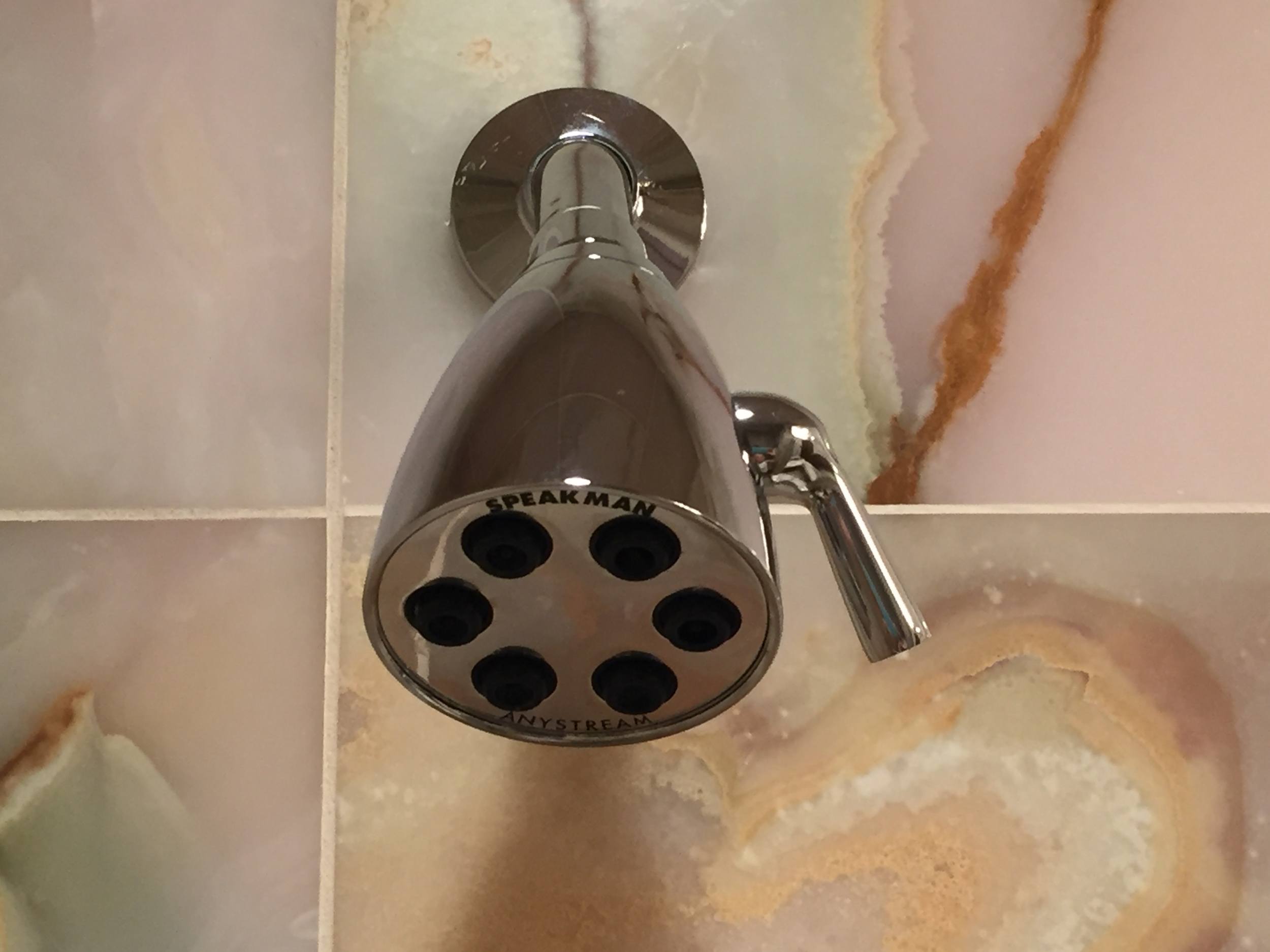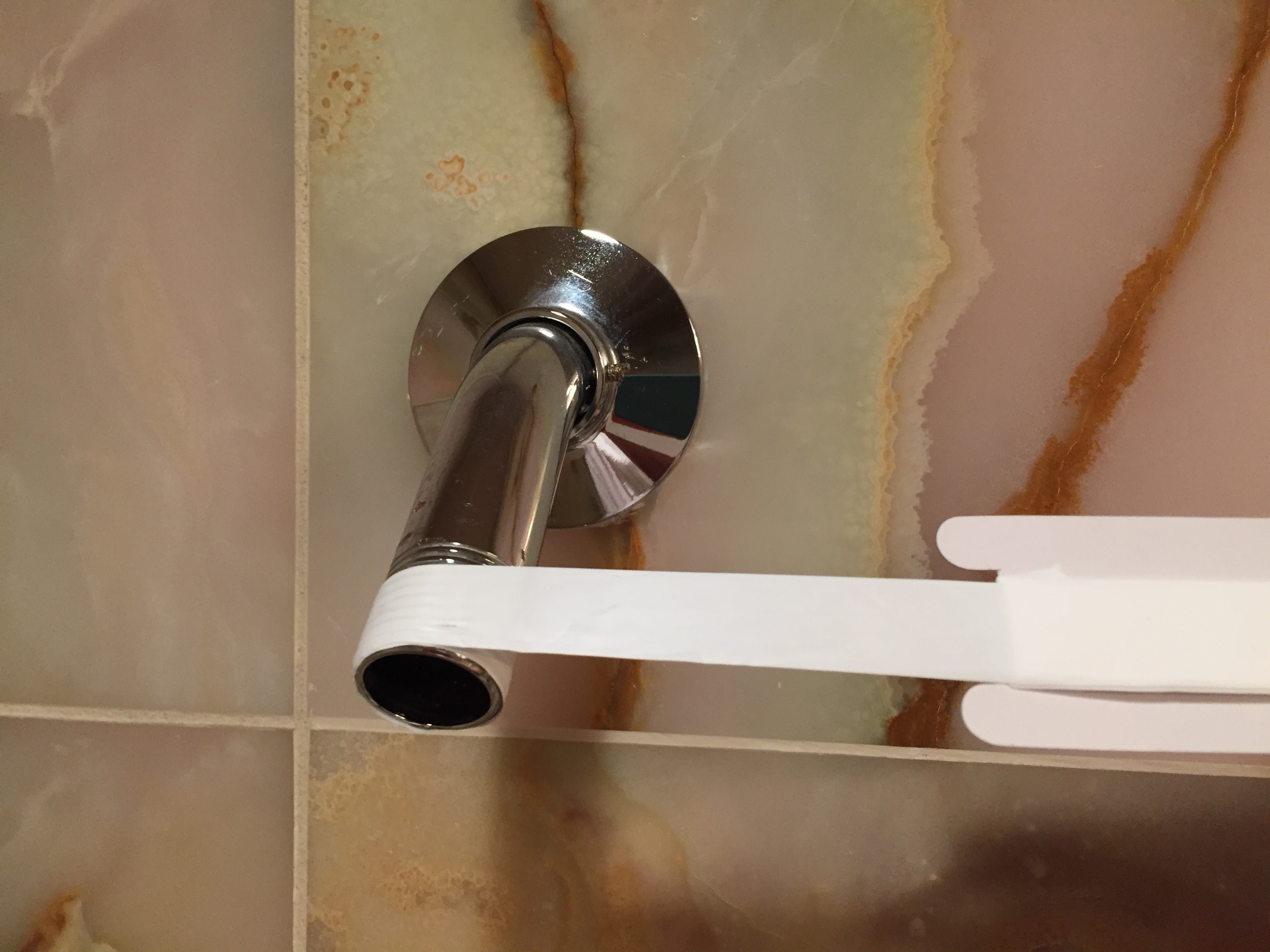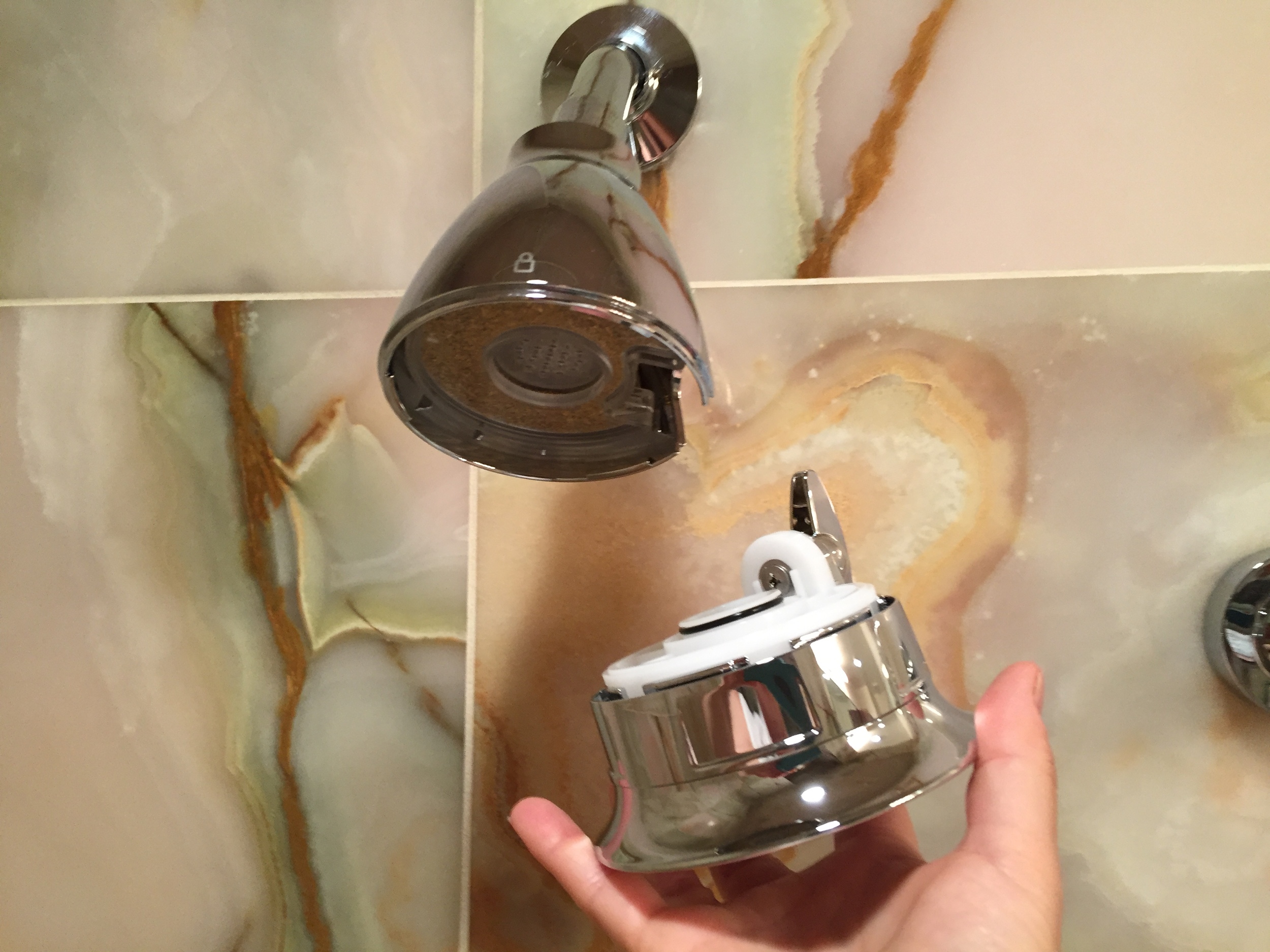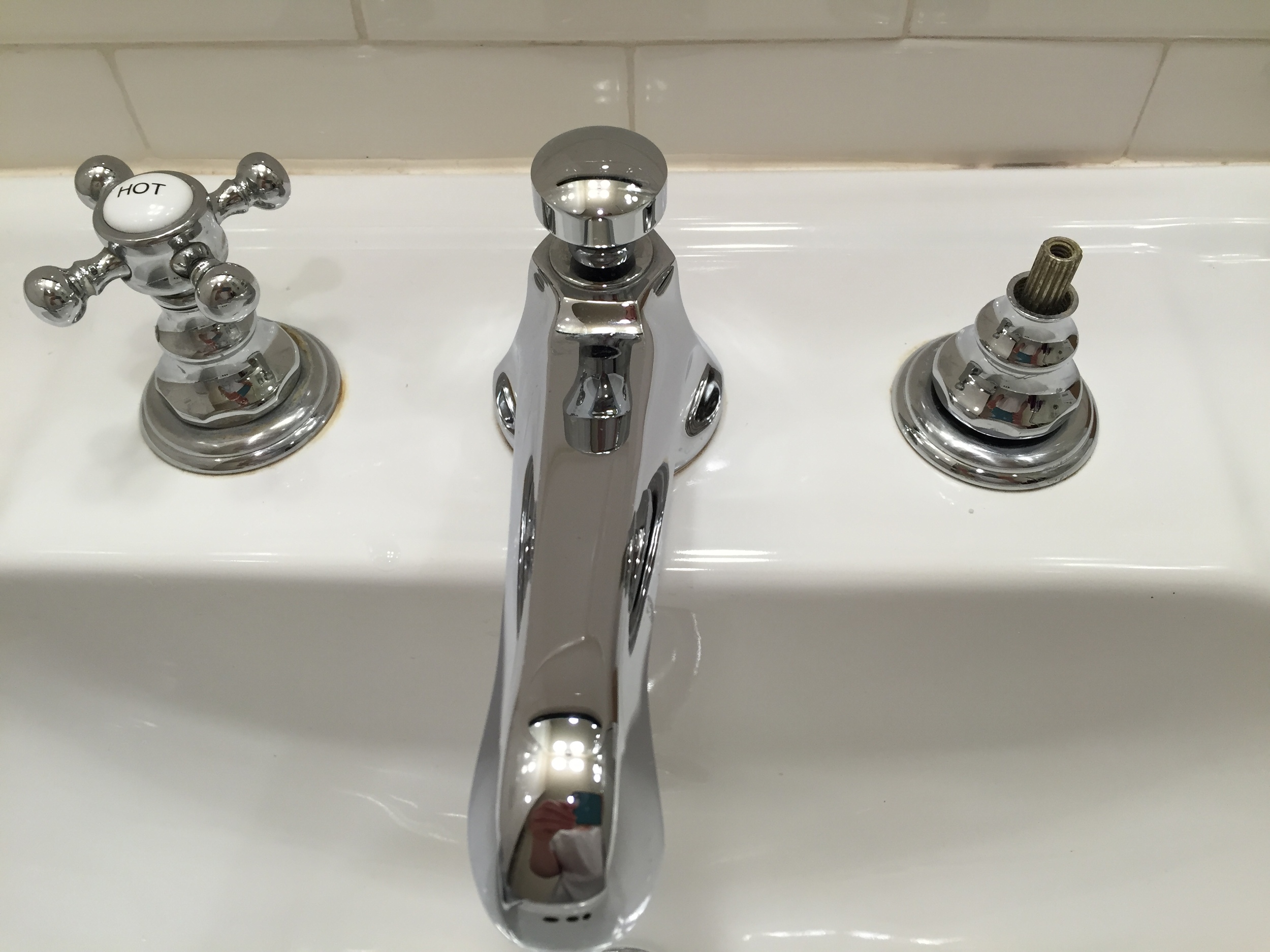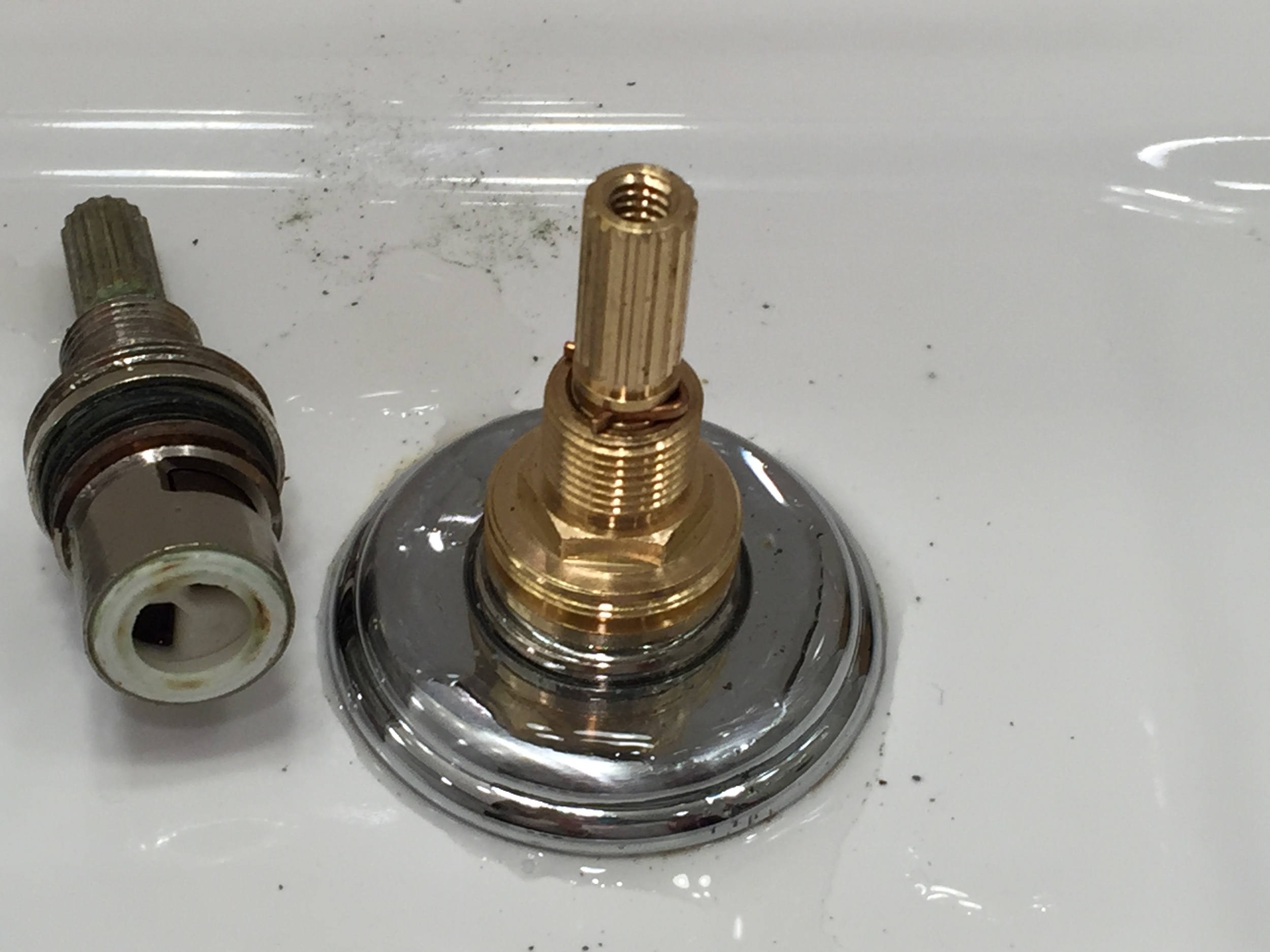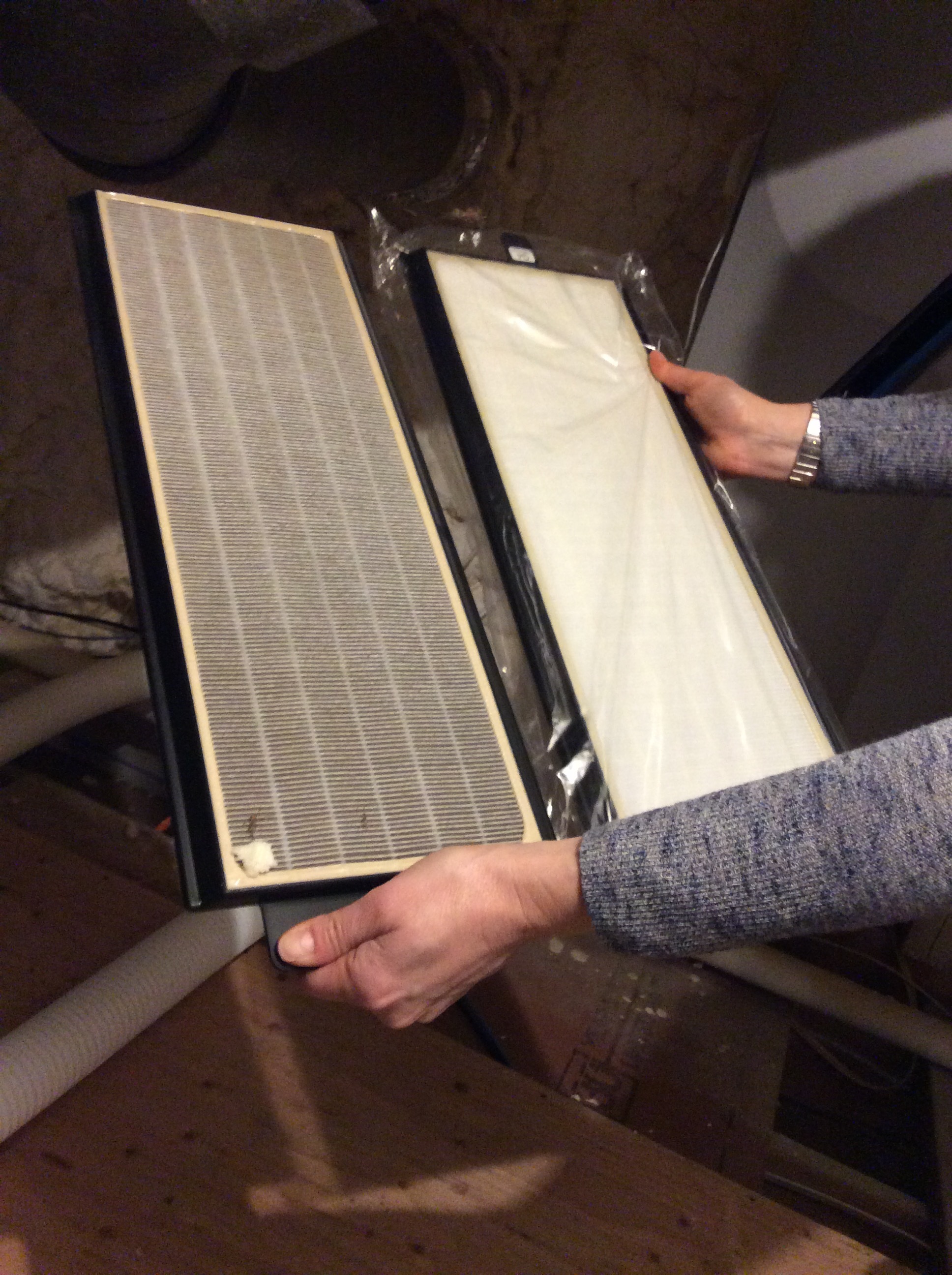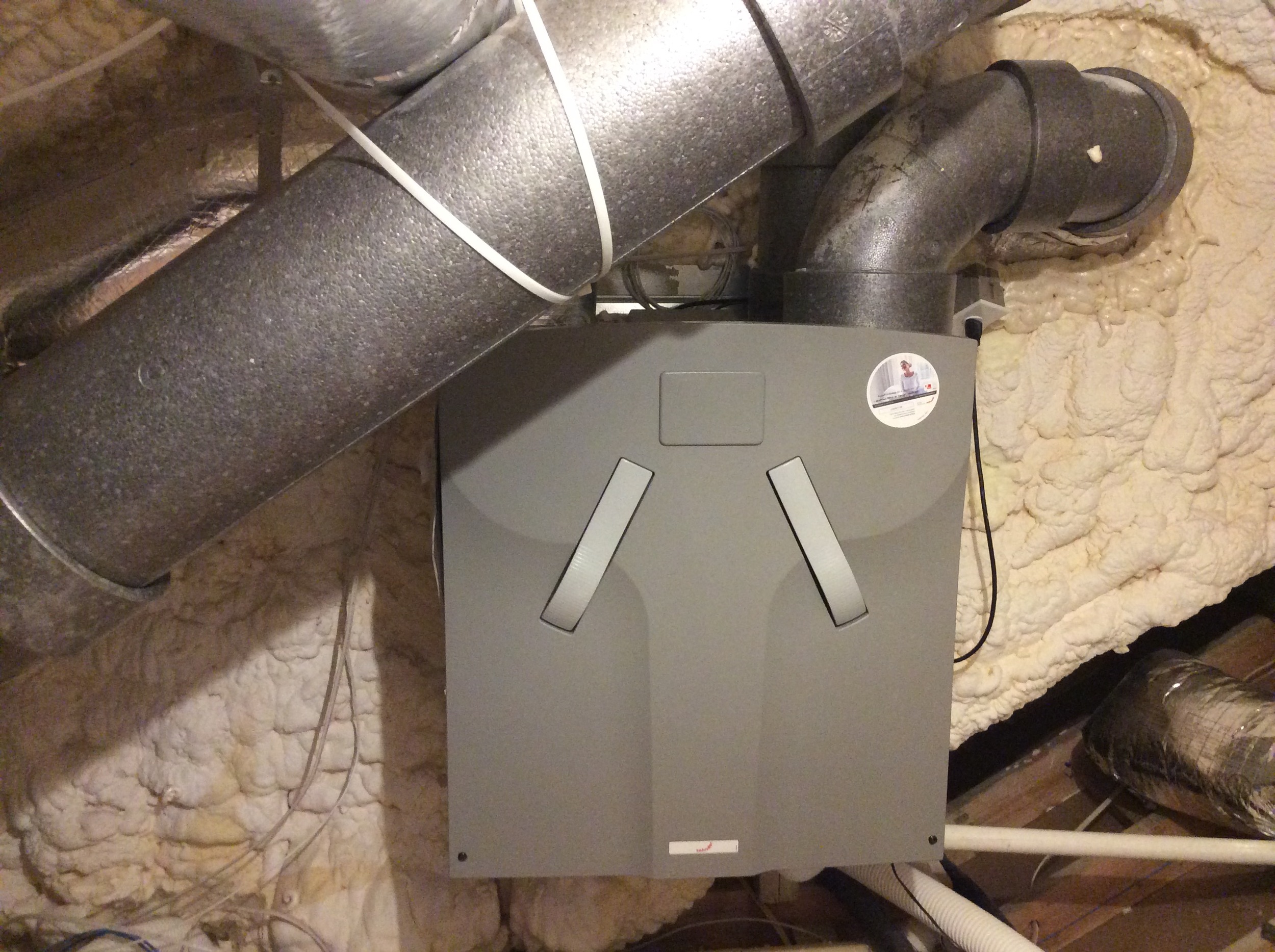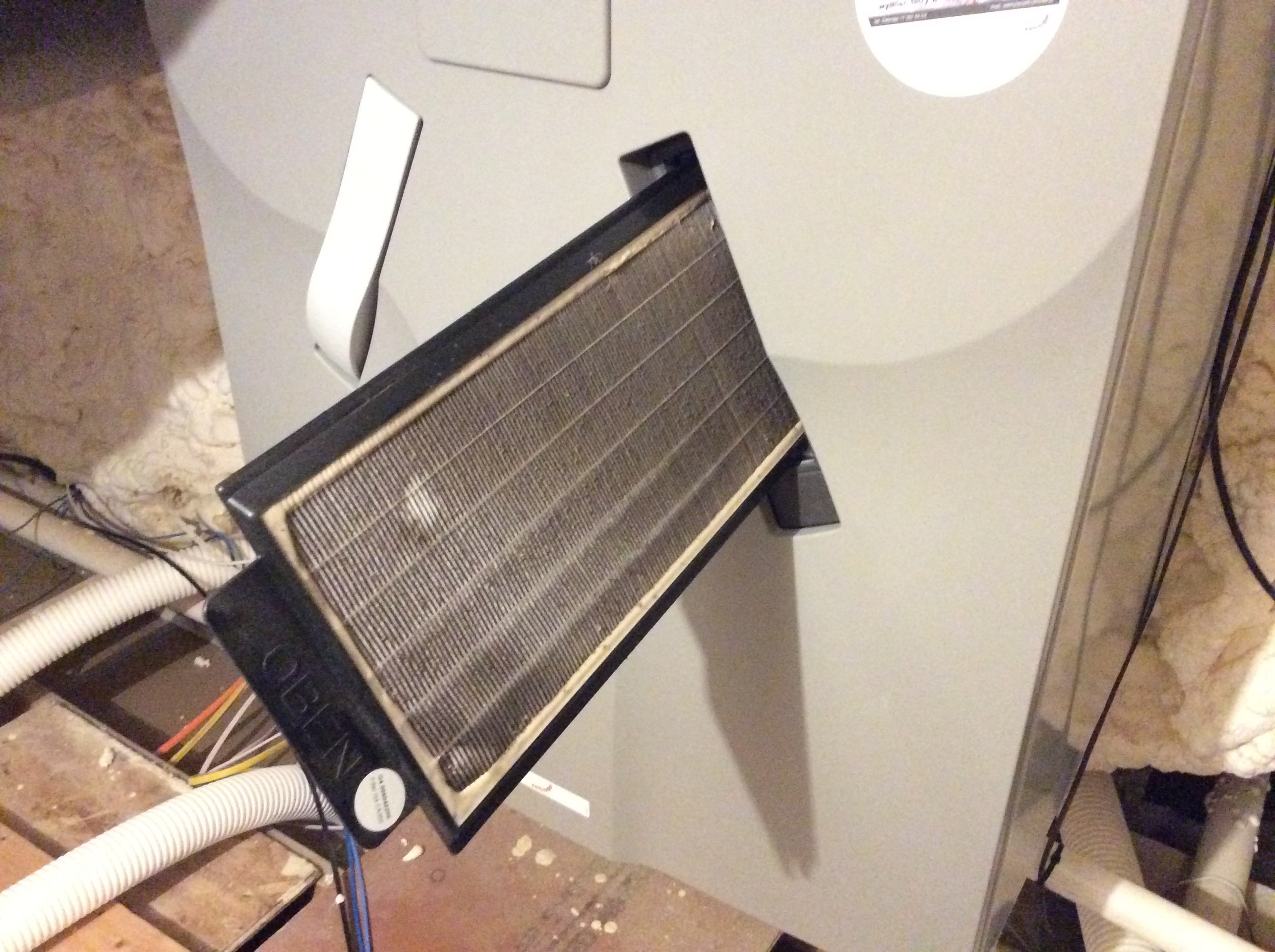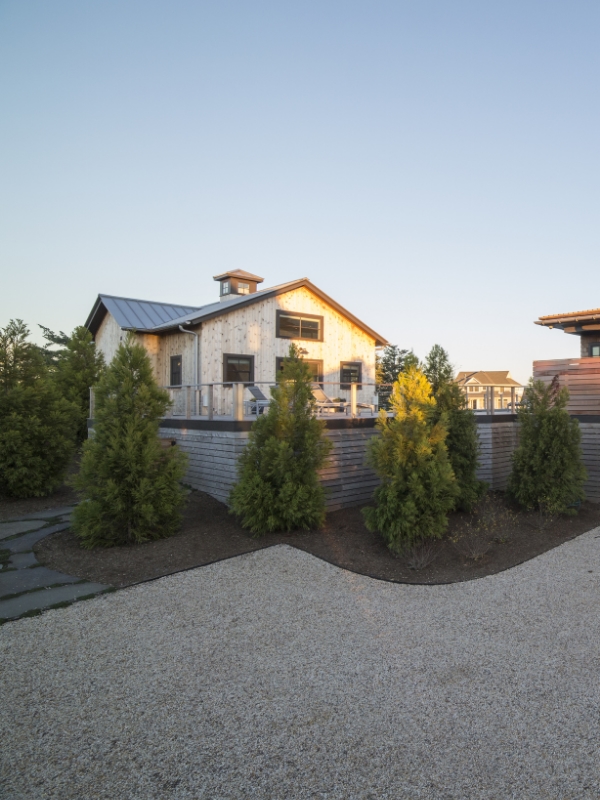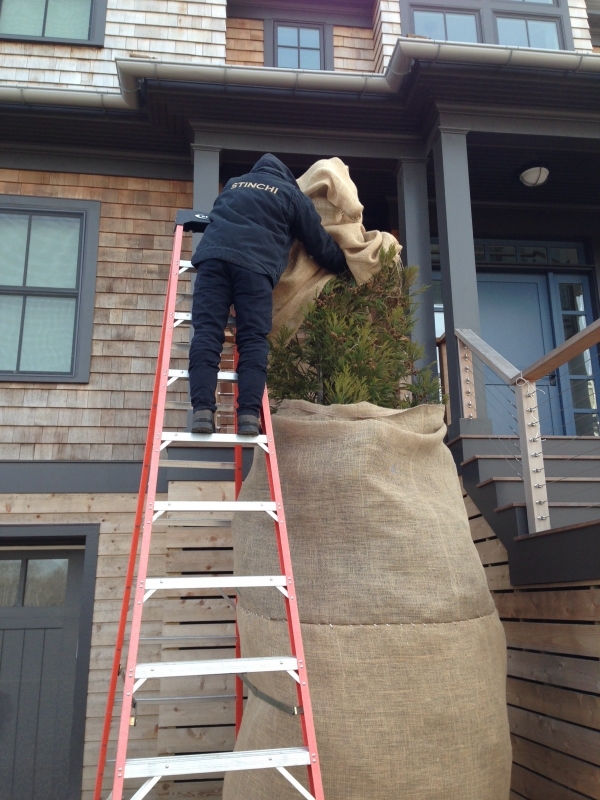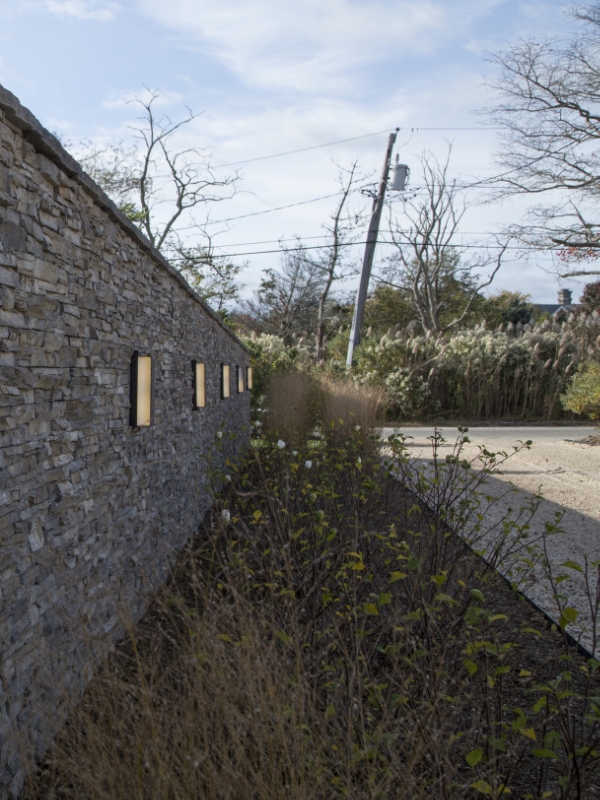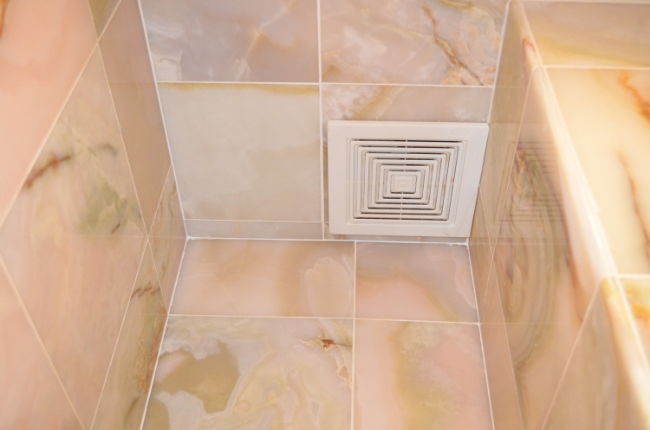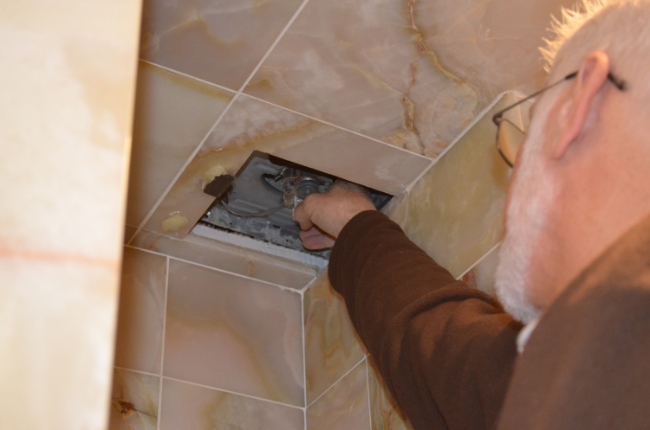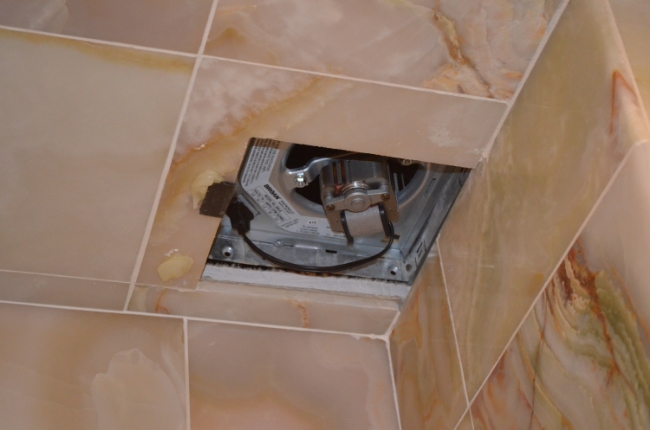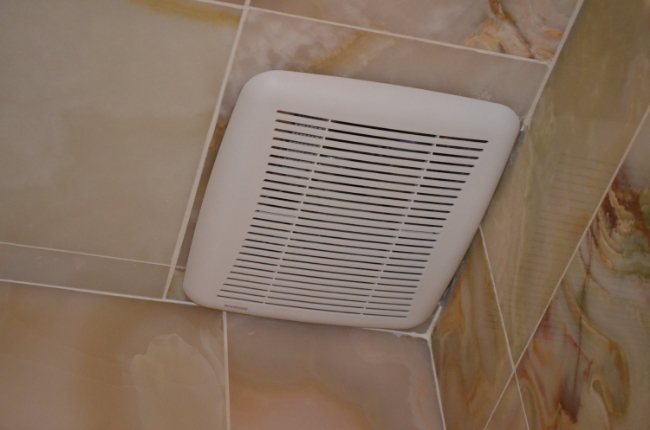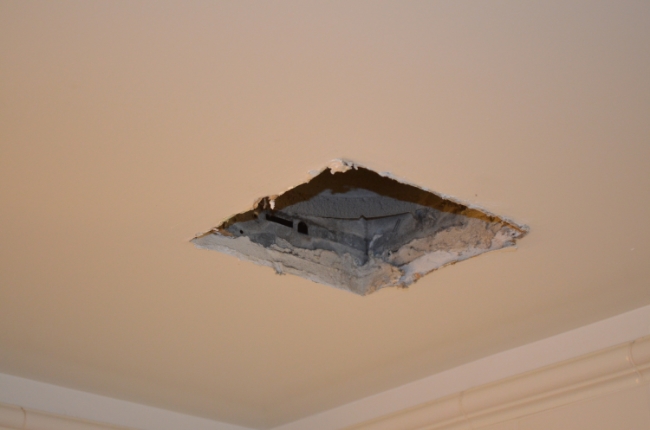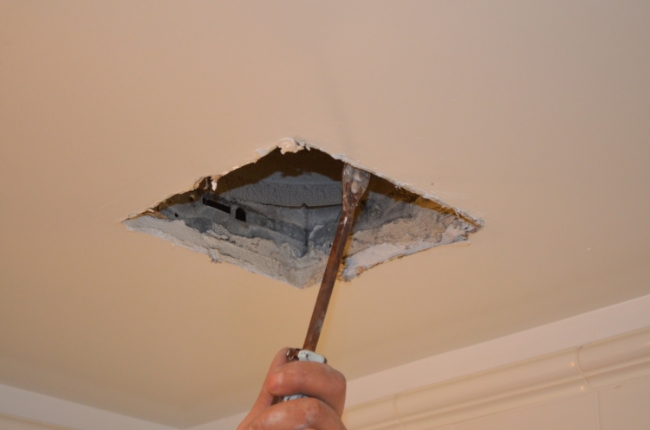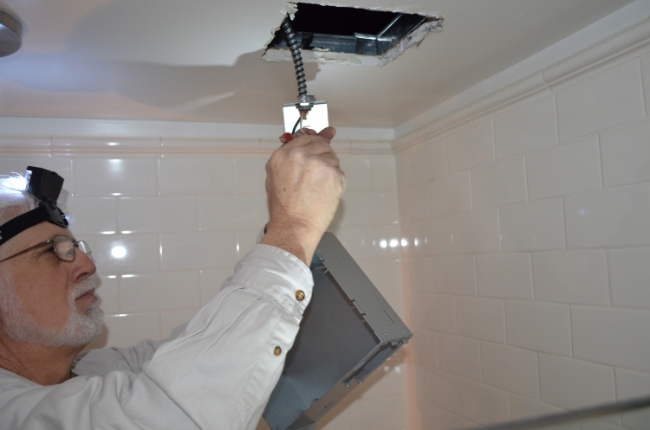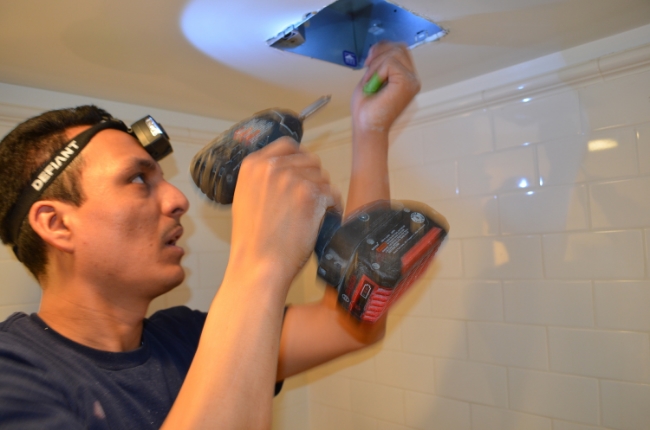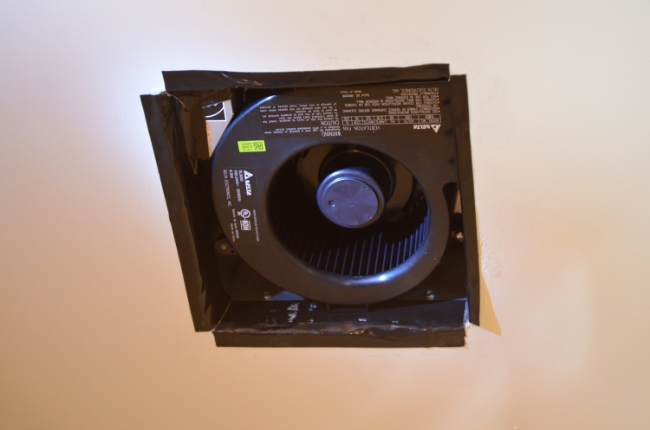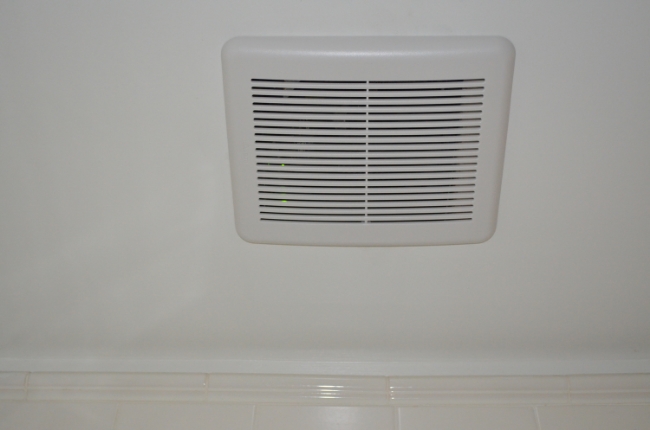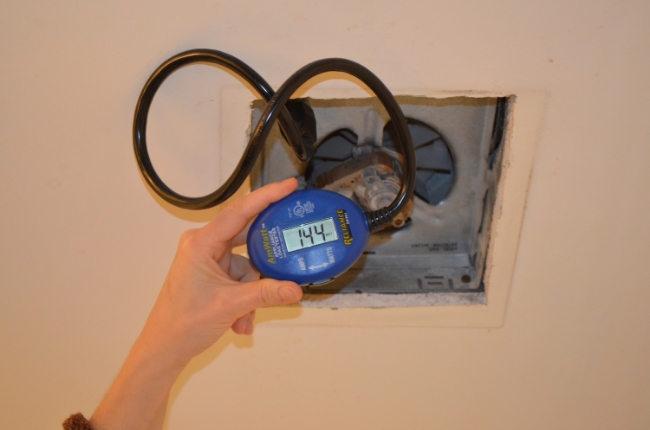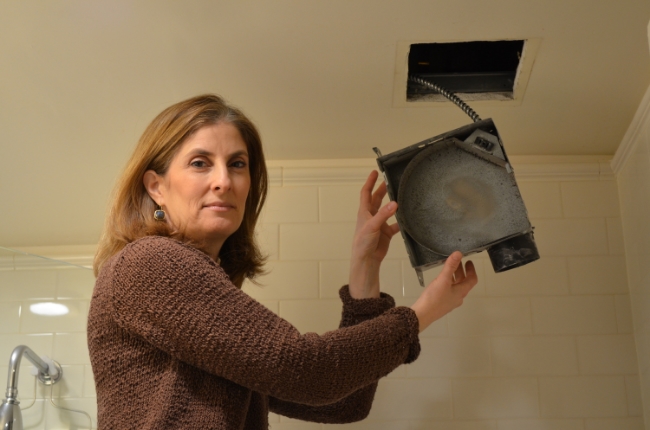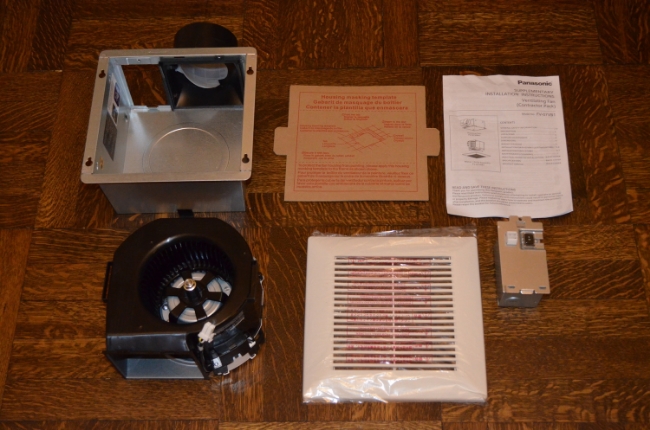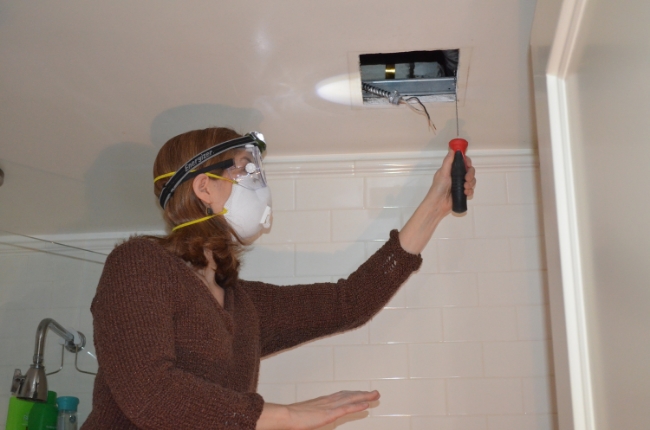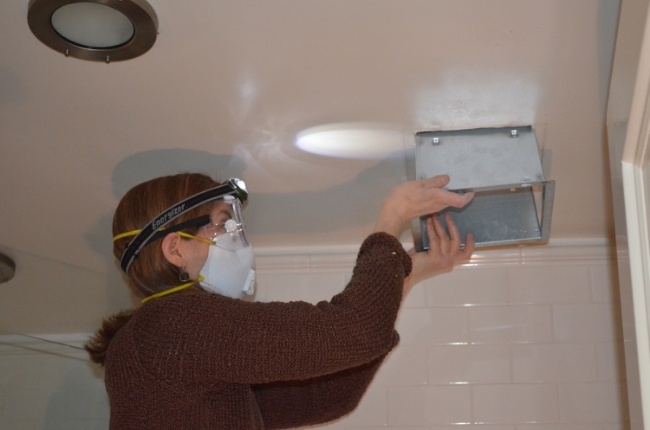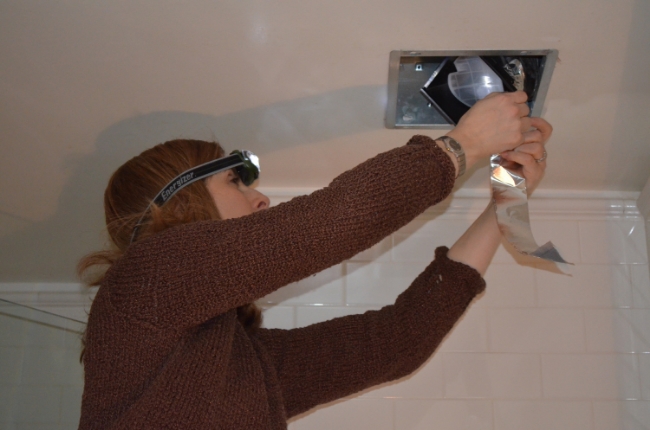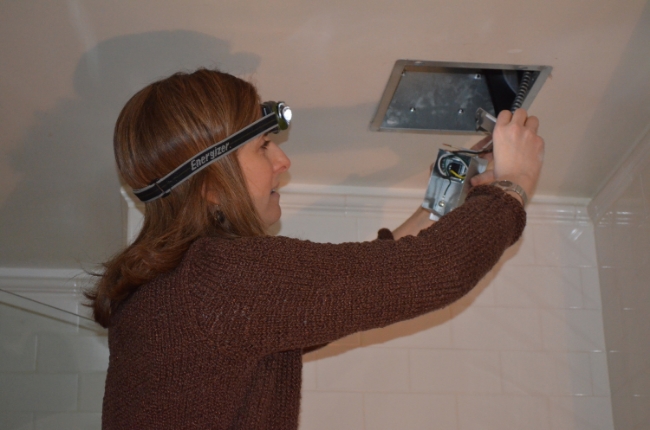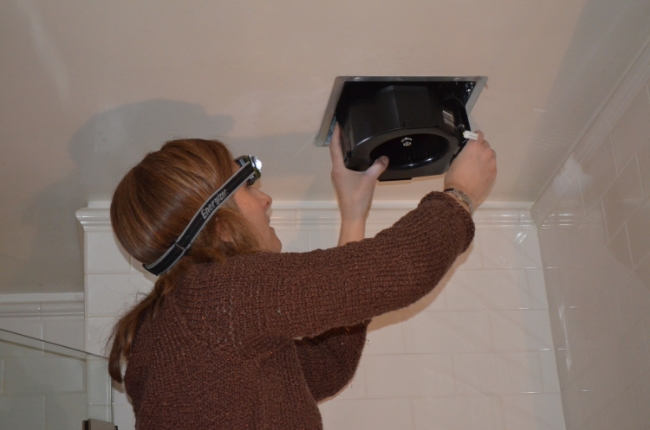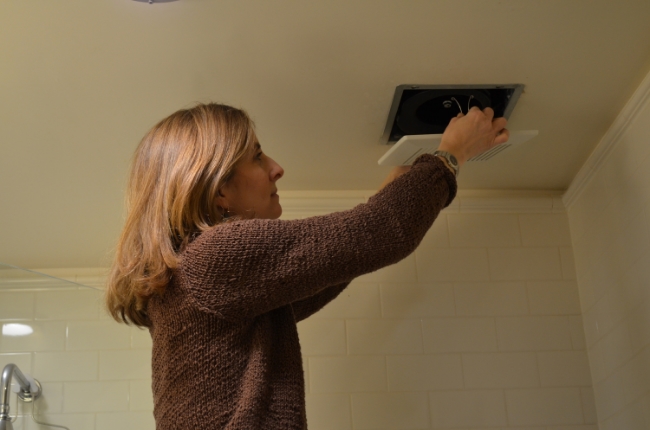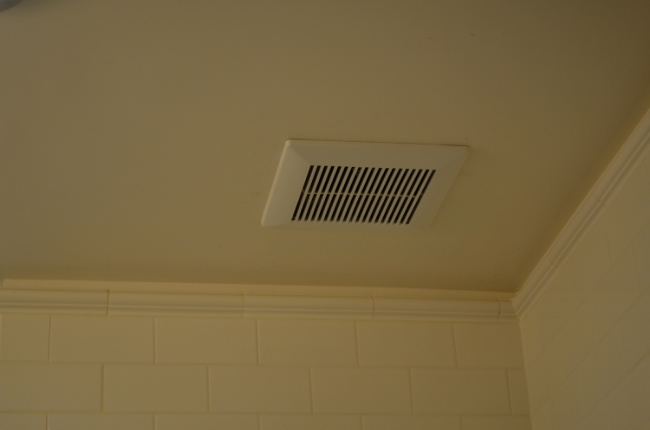I’m upping my recycling game in 2017. My new year’s resolution was to divert more of our home’s waste stream and, as January draws to a close, I’m happy to say our household is off to a good start! How are we doing it? For starters, we have changed our use and disposal habits for plastic bags, wrap and film.
Most of us have heard of the garbage patches in the Pacific Ocean and are aware of the devastating impact of plastics on marine life. According to the National Oceanic and Atmospheric Administration (NOAA), plastics that make their way into the oceans “do not mineralize (or go away) in the oceans and instead break down into smaller and smaller pieces,” where they can be ingested by fish and other marine wildlife and cause “irritation or damage to the digestive system…and this could lead to malnutrition or starvation” of the animals that populate our oceans.
In a November 2016 article, the US Environmental Protection Agency (EPA) estimated that “worldwide, as many as one trillion plastic bags are used each year and less than 5 percent of plastic is recycled.” Beyond the obvious pollution impact of plastics, plastic bag manufacturing is heavily reliant on fossil fuels. The EPA points out that “in the United States, we use over 380 billion plastic bags and wraps yearly, requiring 12 million barrels of oil to create.”
On the bright side, we CAN recycle plastic bags, and manufacturers use them to create plastic lumber for furniture and decking, playground equipment and even new (recycled and recyclable) plastic bags. And by changing some of our habits, we can reduce our use of plastic film in the first place.
So how do we reduce our dependence on fossil fuels and environmental impact from these products? Follow these simple tips for use and disposal of plastic bags and film…
- Carry your own reusable bags to the grocery store or ask that your groceries be packed in paper bags instead of plastic. If you have spare grocery store bags at home, take them with you and reuse them on multiple shopping trips. While some municipalities have enacted bans on single use plastic bags, a recent backlash against “ban the bag” laws is making is harder for lawmakers to legislate away our plastic bag habit – so it falls on us as individuals to make the environmentally friendly choice.
- Further reduce your reliance on plastic films by packing leftovers into reusable washable containers rather than covering them with plastic wrap or freezing them in plastic. In December, I visited a friend whose home was stocked with stackable rectangular glass containers that she used to freeze leftovers. To keep frozen food from developing freezer burn, choose glass containers that have airtight silicone seals. Alternatively, consider wrapping freezer items in foil or wax paper instead of plastic. If you’re going to freeze liquids, make sure to use a Mason jar or other canning jar, and leave plenty of head space for expansion (or your jar may burst – something I recently experienced when freezing homemade chicken broth).
- If you have a pet, opt for biodegradable pet waste bags instead of plastic. While reusing your newspaper delivery bag or grocery store bag may seem like a good idea, the plastic bag will still end up in a landfill after you pick up your pet waste. Biodegradable pet waste bags are inexpensive and are a more environmentally conscious choice.
- If plastic bags and films make their way into your home, take them to a collection center near you for recycling. In the first three weeks of January alone, our family has collected and recycled four large bags of plastic film-based products (grocery store bags, zipper bags, plastic wrap, air pillows used as packing materials, etc.). Curbside programs typically don’t accept plastic bags and films because their facilities are set up only to handle rigid items. But grocery and large retail stores often have recycling receptacles where you can leave your grocery store bags, clean food wraps, dry cleaning bags and other flexible plastic films. Check out http://www.plasticfilmrecycling.org/ to learn which plastic film products are recyclable and to find a collection station near you.
Now that’s what I call Practical Sustainability!
Plastic bag image courtesy of foto76 at FreeDigitalPhotos.net








